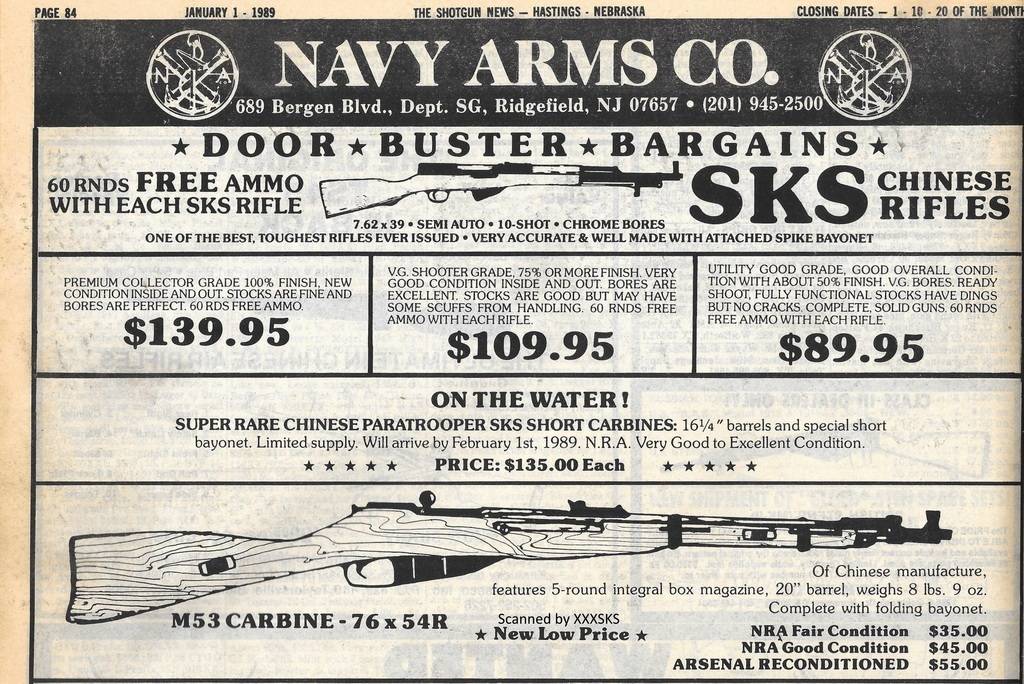That doesn't tell us anything about what government's powers might be to regulate guns . . . True, the dangerousness of gun is not really in dispute, but "dangerousness" alone is not the only criteria for hearing government's plea to be afforded a power to restrict an arm's possession and use.
Here is a short primer on "dangerous and unusual" . . .
The first thing to understand is the government doesn't get to begin the conversation demanding a power by claiming, "this gun is dangerous and unusual", and suddenly the citizen must defend his right to possess and use that type of arm.
The determination that a type of arm is "dangerous and unusual" is what remains after the protection criteria is applied and the type of arm
fails all of them.
The Supreme Court has established a multi-pronged "test" to find out if a type of arm is beyond the reach of government (AKA, "protected" by the 2nd Amendment).
The arm must be of a type that is,
part of the ordinary military equipment / usual in civilized warfare and/or if its use could
contribute to the common defense or simply, is of a type
in common use by the citizens. SCOTUS in
Heller and
Caetano clarified also that the 2nd Amendment's protection "extends . . . to all instruments that constitute bearable arms, even those that were not in existence at the time of the founding".
If a gun meets
any of those criteria, the power claimed by government to restrict its possession and use by individual citizens must be repelled or invalidated if already in force, (in
Heller, the Court only used one, the "in common use" test to invalidate the DC statutes). If the type of arm
FAILS all those tests, then it could be deemed, "dangerous and unusual" and government could legitimately be afforded a power to restrict its possession and use by citizens.
That "
dangerous and unusual" arms have, historically and traditionally been restricted is the origination for
Heller's statement that, "
the right secured by the Second Amendment is not unlimited. . . . [it is] not a right to keep and carry any weapon whatsoever in any manner whatsoever and for whatever purpose".
Again, dangerousness alone is not a criteria to permit restrictions. The arm must also be
unusual but
unusual does not refer to say, unconventional looks or "style". It actually means,
"not usual in civilized warfare, or would not contribute to the common defense".
This concept is explained in the case the Supreme Court used to form its reasoning in
US v Miller and where the Court drew its language in
Miller's famous paragraph:
"A thousand inventions for inflicting death may be imagined, which might come under the appellation of an "arm" in the figurative use of that term, and which could by no possibility be rendered effectual in war, or in the least degree aid in the common defence. Would it not be absurd to contend that a constitutional provision, securing to the citizens the means of their common defence, should be construed to extend to such weapons, although they manifestly would not contribute to that end, merely because, in the hands of an assassin, they might take away life?
The legislature, therefore, have a right to prohibit the wearing, or keeping weapons dangerous to the peace and safety of the citizens, and which are not usual in civilized warfare, or would not contribute to the common defence."
So, when "dangerous and unusual" is stated as a criteria for justifying a government restricting the citizen's possession and use of a
certain, specific type of arm, understand that before that term can even be considered, the arm must have
failed all the protection criteria.
In the end, the term must be understood to mean and read as describing a specific type of arm that is,
dangerous to the peace and safety of the citizens, and which is not usual in civilized warfare or otherwise would be of little use in war or self defense.

 www.businessinsider.com
www.businessinsider.com
